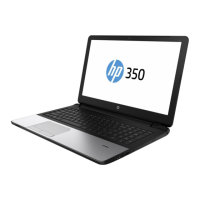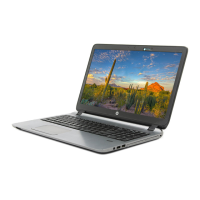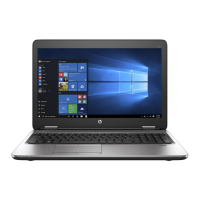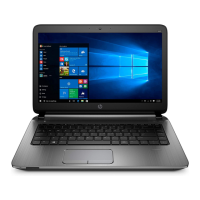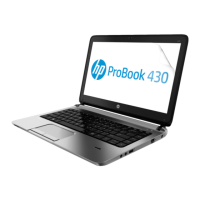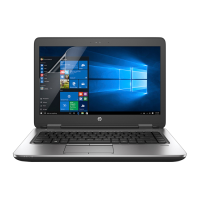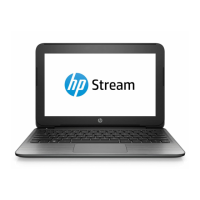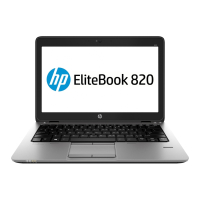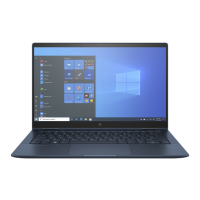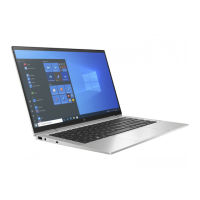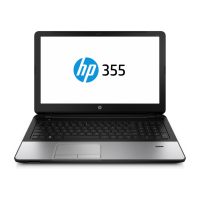
Do you have a question about the HP 355 G2 and is the answer not in the manual?
| Form factor | Clamshell |
|---|---|
| Product type | Laptop |
| Product color | Black, Silver |
| Country of origin | China |
| Processor cache | 2 MB |
| Processor cores | 4 |
| Processor family | AMD A4 |
| Processor frequency | 1.8 GHz |
| Processor cache type | L2 |
| Processor manufacturer | AMD |
| Motherboard chipset | - |
| Memory slots | 2x SO-DIMM |
| Internal memory | 4 GB |
| Memory clock speed | 1600 MHz |
| Internal memory type | DDR3L-SDRAM |
| Maximum internal memory | - GB |
| Memory layout (slots x size) | 1 x 4 GB |
| HDD speed | 5400 RPM |
| HDD interface | SATA |
| Storage media | HDD |
| Optical drive type | DVD Super Multi DL |
| Card reader integrated | Yes |
| Total storage capacity | 500 GB |
| Number of HDDs installed | 1 |
| Display diagonal | 15.6 \ |
| Display resolution | 1366 x 768 pixels |
| Native aspect ratio | 16:9 |
| Discrete graphics card model | AMD Radeon R5 M240 |
| Discrete graphics card memory | 2 GB |
| Discrete graphics memory type | GDDR3 |
| Audio system | DTS Sound+ |
| Number of built-in speakers | 2 |
| Wi-Fi standards | 802.11b, 802.11g, Wi-Fi 4 (802.11n) |
| Bluetooth version | 4.0 |
| Ethernet LAN data rates | 10, 100, 1000 Mbit/s |
| Charging port type | DC-in jack |
| DisplayPorts quantity | 0 |
| USB 2.0 ports quantity | USB 2.0 ports have a data transmission speed of 480 Mbps, and are backwards compatible with USB 1.1 ports. You can connect all kinds of peripheral devices to them. |
| Pointing device | Touchpad |
| Operating system installed | FreeDOS |
| Battery capacity | 41 Wh |
| Battery life (max) | - h |
| AC adapter power | 65 W |
| Depth | 384 mm |
|---|---|
| Width | 261 mm |
| Height | 23.1 mm |
| Weight | 2300 g |
Visual guide to hardware components on the computer's exterior.
Steps for connecting to WLAN, Bluetooth, and managing wireless controls.
Instructions for connecting to a network using a LAN cable.
How to use and configure the touchpad and gestures.
Using keyboard shortcuts, action keys, and keypads.
How to shut down, sleep, hibernate, and manage power options.
Managing battery life, checking status, and charging.
Adding memory, cleaning, and updating software and drivers.
Creating recovery media and restoring the system.
Using passwords, antivirus, firewalls, and physical security.
Setting up and using the fingerprint reader for secure login.
Solutions for common issues like startup failures, blank screens, and network problems.
